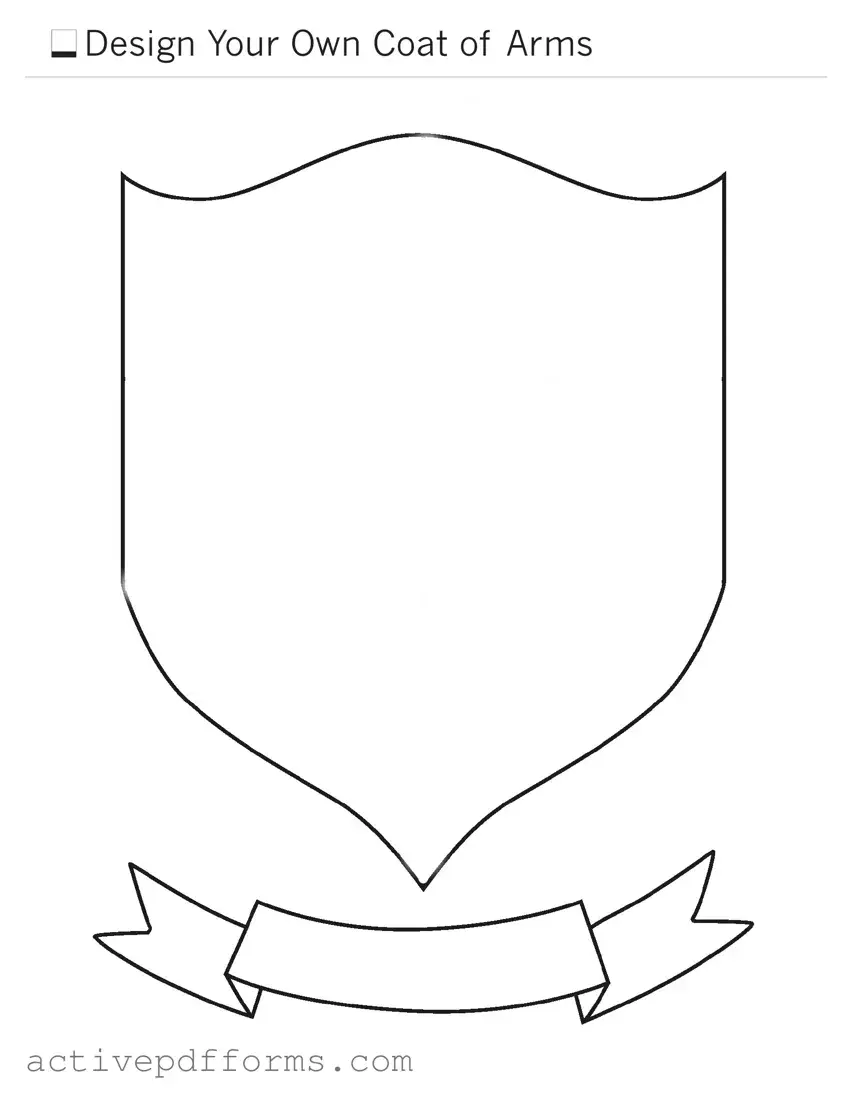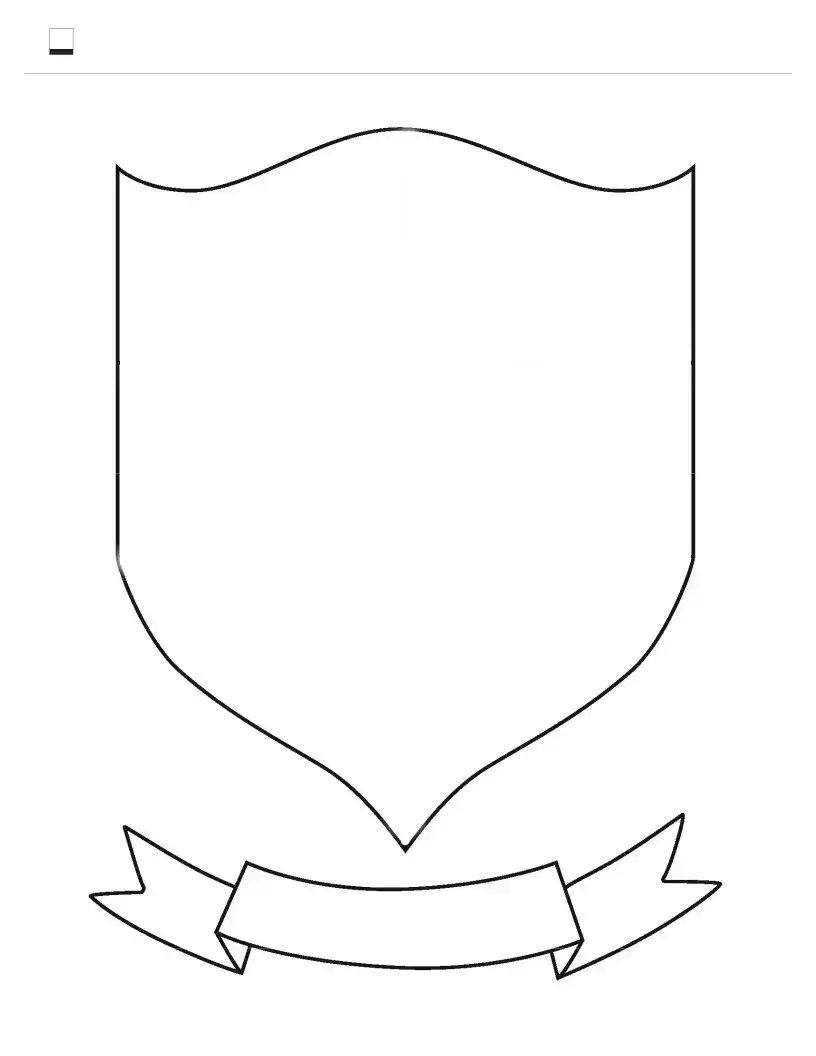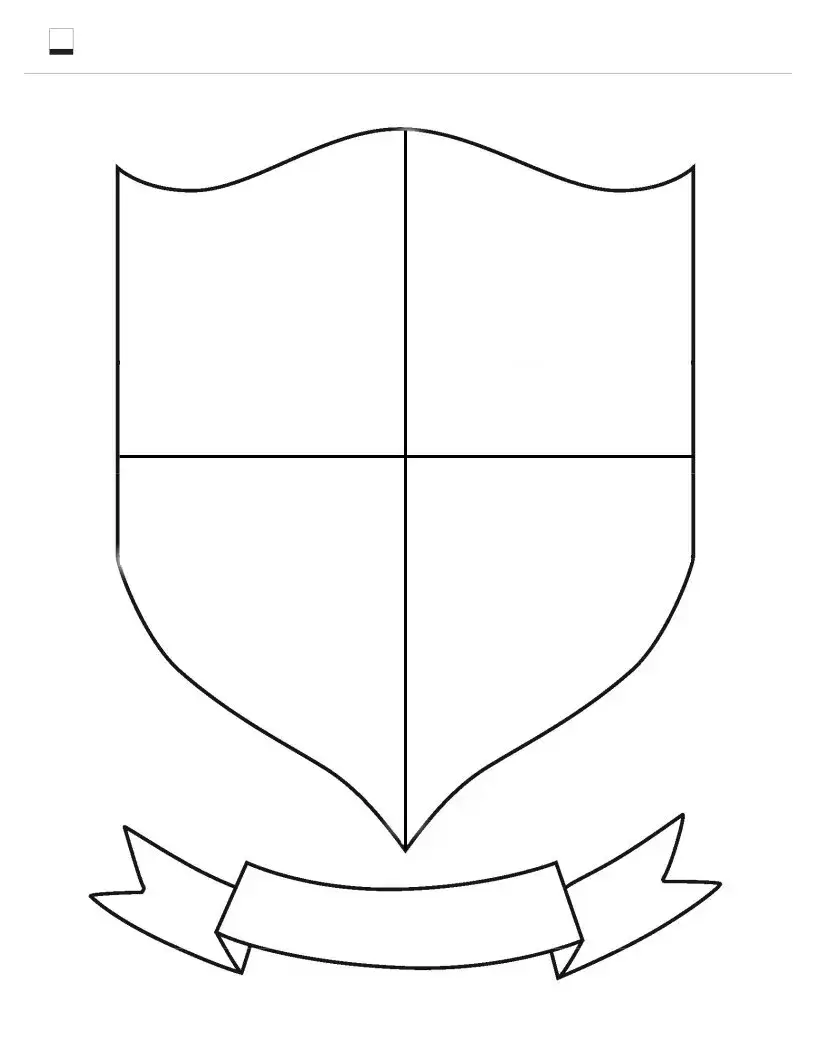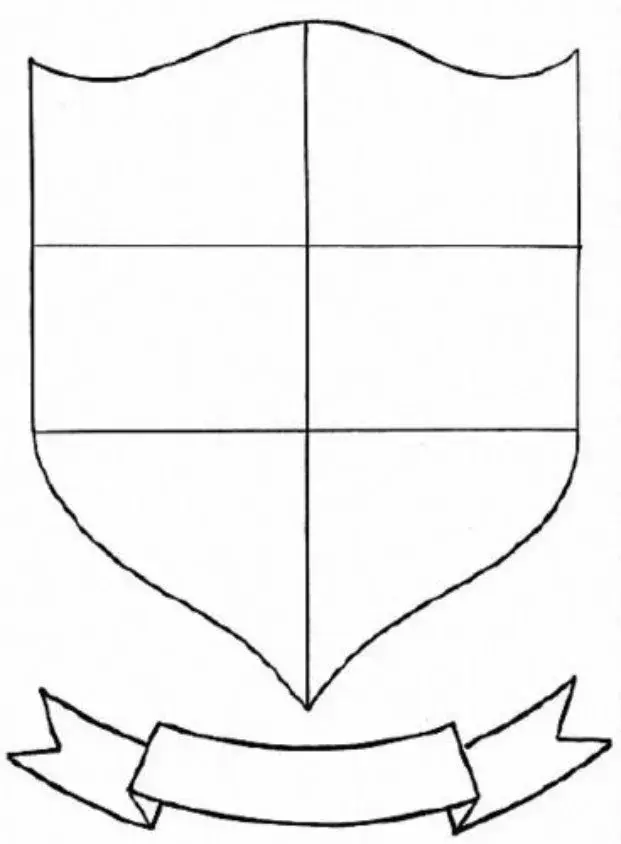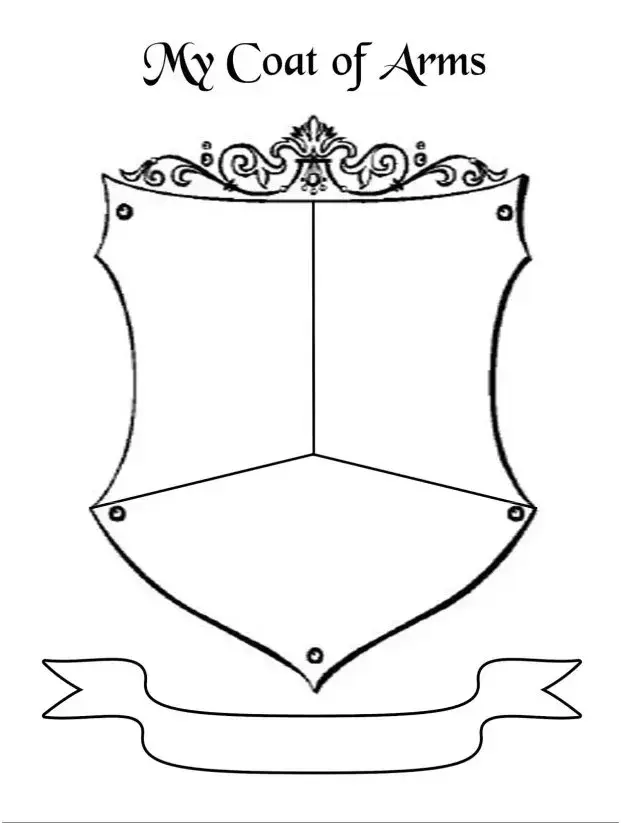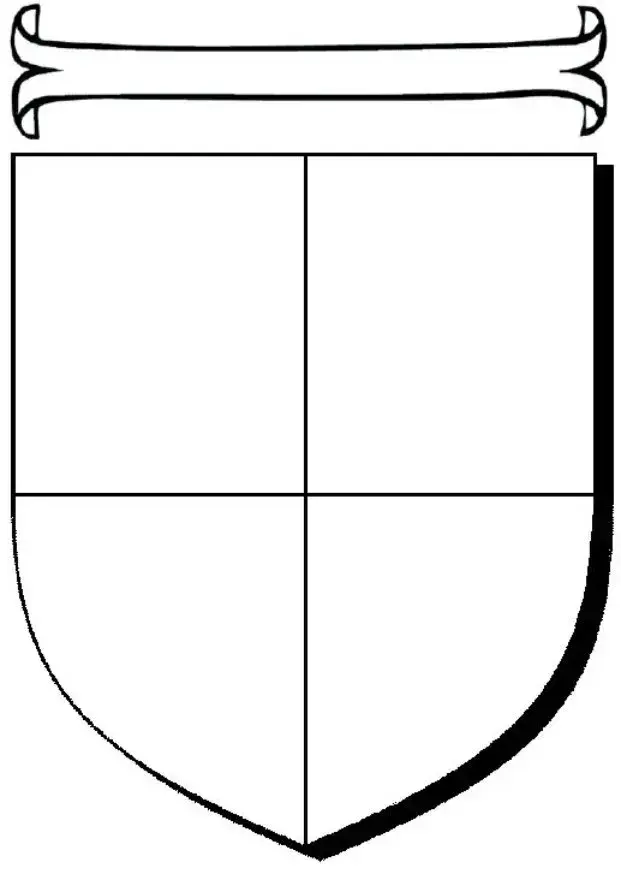Free Coat Of Arms PDF Template
A Coat of Arms form serves as a registration document for an individual or family's heraldic arms, which are unique symbols designed to represent them. This form captures essential details that define the visual design, symbolism, and history behind these arms. It acts as an official record that acknowledges and preserves the bearer's heraldic identity.
Edit Coat Of Arms Now
